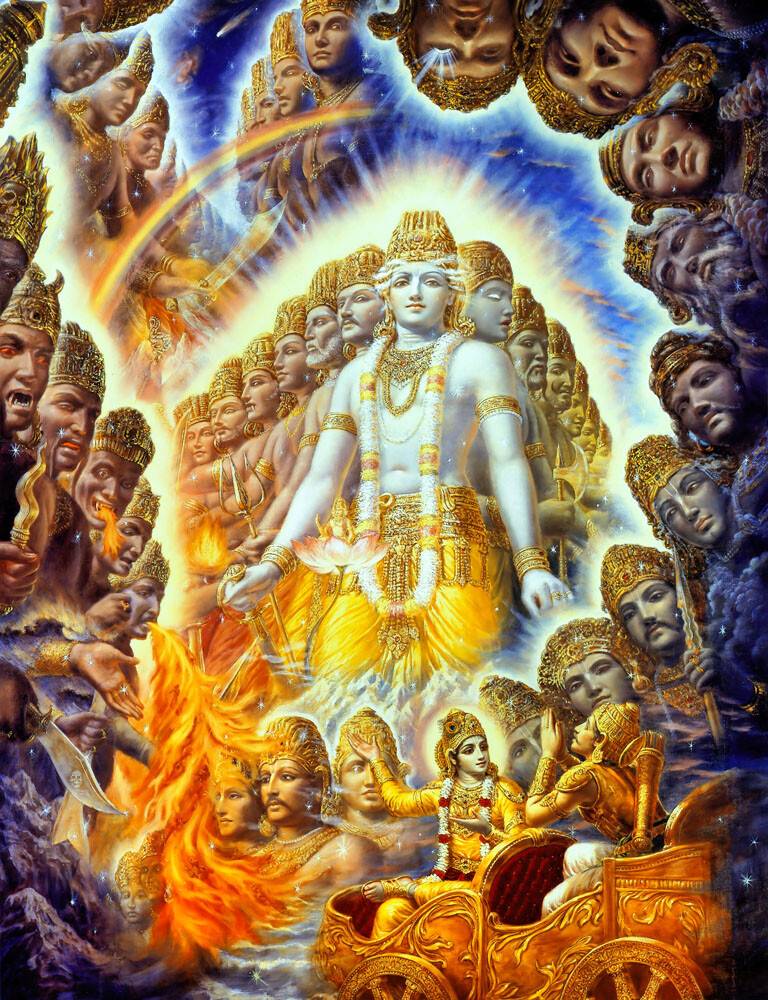In sacred stillness, breathe in deep,
Awaken whispers from within,
A dance of energy, ancient and steep,
Where light and shadow intertwine, begin.
Feel the rise of fire at the base,
A serpent coiled, asleep in grace,
With each heartbeat, a gentle call,
To journey inward, surrender it all.
From root to crown, let currents flow,
Chakras spinning, a radiant show,
The earth’s embrace, the sky’s vast hue,
Align your spirit, and be renewed.
Release the doubt, let love expand,
In the silence, take a stand,
With every pulse, the sacred sound,
Awakening forces, profound and unbound.
As energy spirals, a vibrant stream,
Embrace your essence, awaken your dream,
In the union of body, spirit, and mind,
Your true self waiting, a treasure to find.
Dance with the rhythm, let shadows lift,
In the stillness, discover your gift,
For in the awaken, the journey’s embrace,
You’ll find the divine in this holy space.
